Plantain (or ‘plátano‘ in Spanish) is popular in Peruvian food, and across Latin America in general. It’s a typical side dish in the traditional Latin American meal: white rice, beef or chicken, and beans. Does it ring a bell, anyone? It’s also very common in several African cuisines and in South East Asia. For us vegetarians, fried or baked plantains were a great substitute to meat. We fell in love ever since we discovered them on our travels! And the good news is that they can be found all over the world. So here are 3 dead-easy recipes showing how to cook plantains like in Peru.
Jump to:
Peruvian plantains? | How to cook plantains | Health benefits
Recipes:
Fried plantain | Plantain chips | Peruvian upe | Other options
How to cook black plantains | Sustainability
Plantain fruit
This yellow, green or sometimes reddish starchy fruit grows in regions with tropical climate. So in America, this food is not only common in Peruvian cuisine, but also Bolivian, Colombian, Ecuadorean and Brazilian kitchens, as well as in some Central American countries.
They’re widely grown in farms and gardens and you will recognise the plantain tree from its big, dark green leaves. These, by the way, are used as natural wrapping material for other typical food from the region.
Plantain is very similar to banana, but bigger; and when you peel it, the flesh is harder, yellower. We’ve mainly come across the green and the yellow versions in Peru and are fans of both; we use them for different preparations.
Peruvian plantains
As I said earlier, plantains are a HUGE thing in Peru. In restaurants, they often add a piece of fried plantain as a side apart from rice, and at households, plantain chips count as a snack. Healthy? I’m not entirely sure about that.
And if that wasn’t enough, some regions in Peru came up with the idea of integrating their beloved plantain into their drinks repertoire. That’s basically the story of the upe drink! While travelling in Peru we often prepared fried plantain to accompany our fried egg and rice, or just the rice and some salad. Because it’s so easy to prepare and it’s delicious!
Bananas bear different names throughout South America. In Peru, “plátano” refers to all types of bananas, sweet or plantain. So if you want to buy the latter, ask for “plátano para cocinar/para freír” (banana to cook/to fry) or “plátano bellaco” (called “plátano macho” in other countries).
Despite its high importance in traditional Peruvian cuisine, plantain doesn’t originate from Peru. In fact, not even from South America. It’s believed that plantains come from Southeast Asia. There are two types of plantain: the horn plantain and the French plantain. Both types grow in Peru and are used in the Peruvian cuisine.
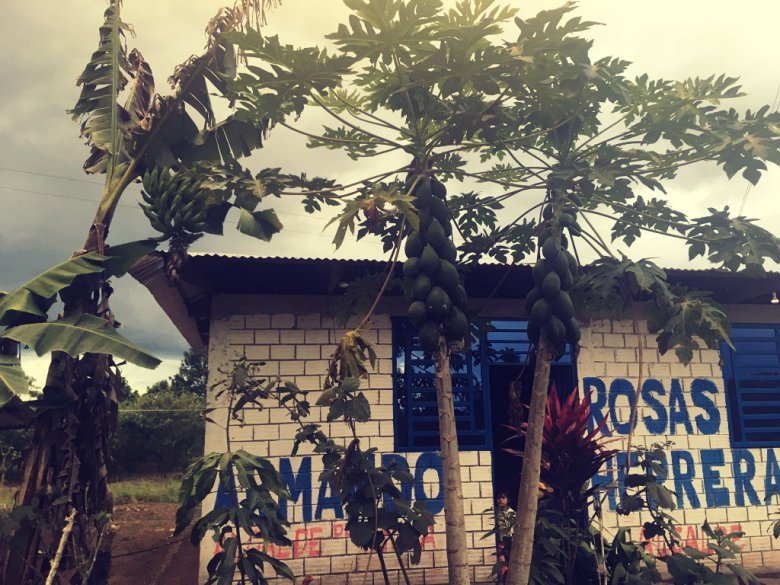
So how to cook plantains?
Plantains are versatile, there is not only one way to cook them. Even the Peruvian cuisine alone offers variations of the food. Think about it as an alternative to potato: luckily, there are not as many types… (Did you know that the Incas knew over 3000 varieties of potato?!)
There are two versions of the fruit: unripe (green) and ripe (yellow). Both versions are always cooked some way or another; so even though they look like banana, don’t get tempted: they taste awful when raw.
The unripe version is called “platano verde“ (‘green plantain’)
The flesh is surprisingly harder than what I would expect; that’s probably me being too used to bananas.
It’s used to cook plantains chips: I’m showing you how later in this article. The western world knows that as an alternative to dried fruit snacks. However, in Latin America, plantain chips are considered a side to main meals.
Another use of platano verde is a thick, milky morning drink called “upe“. We found out about this interesting, warm drink from the family of our Couchsurfing host in the north of Peru. In that region, starchy drinks are often sold on the street at breakfast time (so basically at 5 am). I will also show you how to cook the plantains to prepare that drink.
The yellow plantain is called “platano maduro“ (‘ripe plantain’)
It more closely resembles a banana, both because of the colour of its skin and the consistency of its flesh.
In this article, I’ll tell you how to cook fried plantains. You can eat them either as a side for a traditional rice-and-meat dish, or as a vegetarian substitute to meat.
The latter is rarely the case in Peru, as Peruvians are religiously meat eaters; for many, it’s simply impossible to have a meal without some sort of meat. In fact, a dish composed of white rice, fried egg and fried plantain is known there as “Cuban Rice” (Arroz a la Cubana). Peruvian food is definitely not vegetarian!
Yellow plantains have a natural sweet taste as opposed to the green version so it’s not surprising that in other Latin American countries, unlike in Peruvian meals, they’re used for desserts.
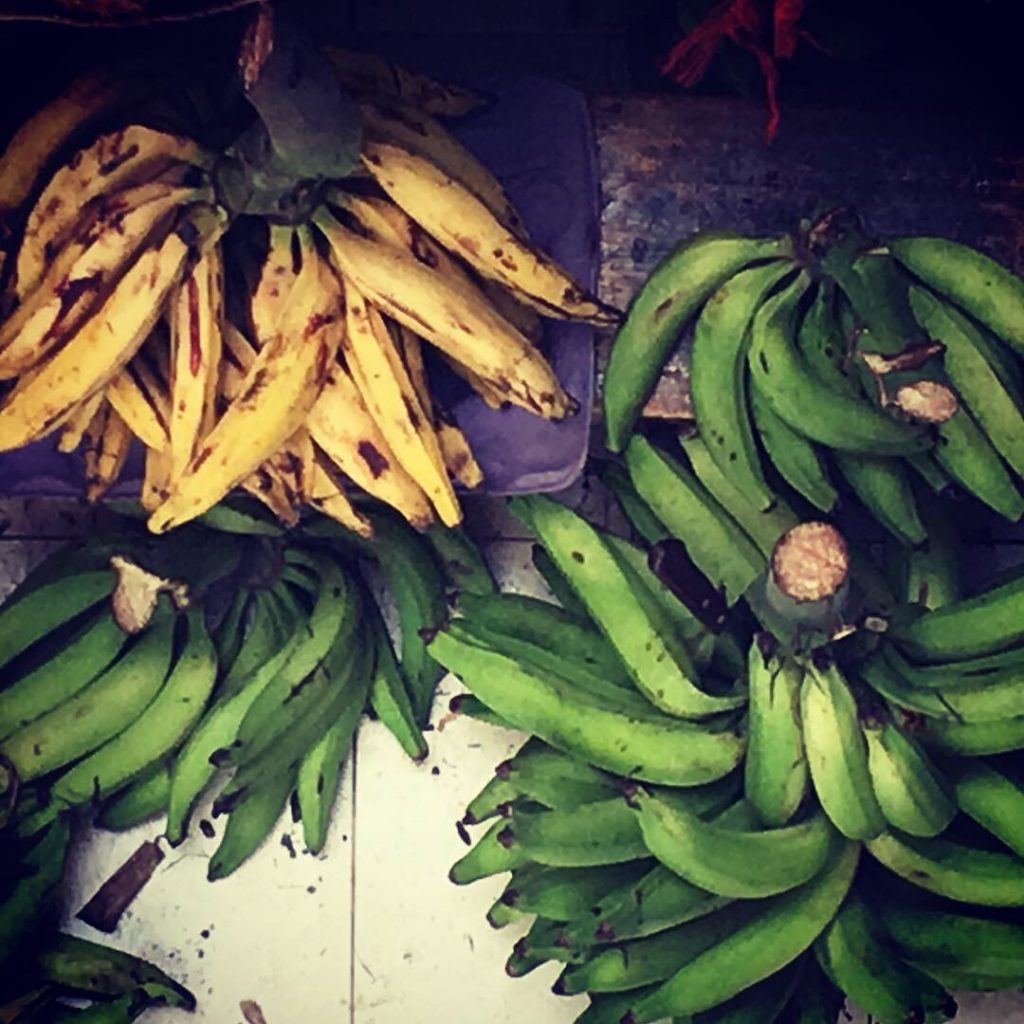
Both types of plantains are rich in fibre, some vitamins (A, C, B6) and potassium. Fibre is good for digestion, the vitamins help prevent some diseases (like cancer) and potassium helps maintain your heart healthy.
Plantain will make you feel full for a long time. So it essentially prevents that nasty hunger feeling between meals that prompts us to snack. There’s no reason not to eat them! Check out more benefits on PrecisionNutrition.com.
The reasons we love plantains
As vegetarians, we quickly learnt how to cook plantains for our main meals. It’s tasty and nutritious; quick and easy to prepare; doesn’t require a lot of ingredients; the fruit is widely available; and it’s cheap!
You can find them at almost every market place in Peru and in other South American countries; and more often than not at street sellers too. It’s very easy to confuse the ripe plantain with banana – and we made this mistake a couple of times. So if you are not a pro at recognising them yet, better ask to make sure.
Over the months of our travels we managed to perfect our plantain cooking skills (it wasn’t hard at all!). In this post I’m going to share 3 easy-to-prepare and typical Peruvian plantain recipes. Moreover, because plantain can be found in the western world too, why not try it and spice up your meals with it?

Here’s how to cook these plantains recipes
Peruvian fried plantain
Ingredients:
- Yellow ripe plantain (platano maduro); 1 is enough for 2 people
- Oil to fry
Method:
- Peel the plantain and cut it into about 5-cm-long pieces. Then cut them lengthwise into 2 or 3, depending on the thickness. You want to end up with 5 x 2 cm pieces.
- Heat oil in a frying pan and fry the plantain over medium heat on both sides until they get a bit brown outside.
- Finally, dry them well from any excess of oil.
Serve it the Latin way with white rice and beans.
Peruvian plantain chips
Ingredients:
- Green plantain (platano verde); 1 is enough for 2 people as a side dish
- Oil to fry
Method:
- Peel the plantain. If the skin doesn’t separate from the fruit easily, use a knife.
- Then slice the plantain into thin slices. The thinner you slice them, the faster they will cook.
- Heat oil in a frying pan and fry the plantain on both sides. They are ready when they turn yellow.
- Finally, dry the excess oil and season them with salt if you want.
You can use a mandoline to make extra thin slices; those chips in Peru are called chifles. Try making chifles out of yucca and sweet potato too.
The plantain doesn’t stay oily and is crispy, so it’s a nice breakfast option. You can also prepare it as a snack with spicy sauce or mayonnaise, or serve it as a side to rice dishes.
Upe, the plantain morning drink
Ingredients:
- Green plantain (platano verde); 2 are enough for 3 cups of the drink
- Milk
- Water
- Sugar to taste
Method:
- Peel and grate the plantain on the smallest hole sized grater. Don’t worry, it’s not difficult so it won’t take long.
- Then put the grated plantain into a saucepan, add milk and water. If you like it more milky, add more milk than water.
- Bring it to boil and simmer it on a low heat. Add sugar depending on how sweet you’d like it. The plantain won’t dissolve completely but cook it until fairly smooth.
It’s a typical morning drink, so serve it warm. Since it’s a thick drink it will make you feel full. But just to make sure, it’s eaten in Peru with cooked potato and cheese for breakfast.
How to cook other plantains options
As I said, plantain is similar to potato; so it’s also possible to come up with different preparation methods which are healthier than frying. Try baking or grilling – it should keep the nice taste and colour.
Patacones (or in other regions they call them tostones) are another popular dish – they’re everywhere in Colombia too. Plantains get squashed and then fried twice, resulting in a flat disk resembling bigger plantain chips.
Or if you are rather interested in making a dessert, check out how to cook other Latin American countries’ plantains recipes. We heard that for example in Venezuela they’re eaten caramelised! Have you had that before? Tell us how it was in the comments below!
What to do with black plantains
We’ve almost never seen black plantains on the market, because the fruit always sell like hotcakes. But surely, if you forget about them at the back of your fruit drawer, plantains will turn back – just like bananas. At this stage they haven’t gone off yet, they are still safe to eat, but it can be a bit challenging to prepare them.
Grating and slicing them is clearly not an option, because they are super soft! So peel them carefully and try to cut them into bigger pieces to fry them. As they are really sweet, you’ll end up with a super nice, caramelised plantain (side) dish! Make some for your daughter’s next birthday party and I promise instant success.
A note on sustainability
Please think about your carbon footprint!
Unless we live in a tropical region, where plantain grows locally, this fruit is going to be imported to our country. While it’s really fun and exciting to prepare food with exotic ingredients from faraway countries, remember that the carbon footprint of these imported goods is huge.
No problem in buying plantain (and other exotic foods) occasionally. We sometimes get some and have fun with these easy recipes. But for our everyday cooking, we stick to local and seasonal ingredients that have lower carbon footprint.
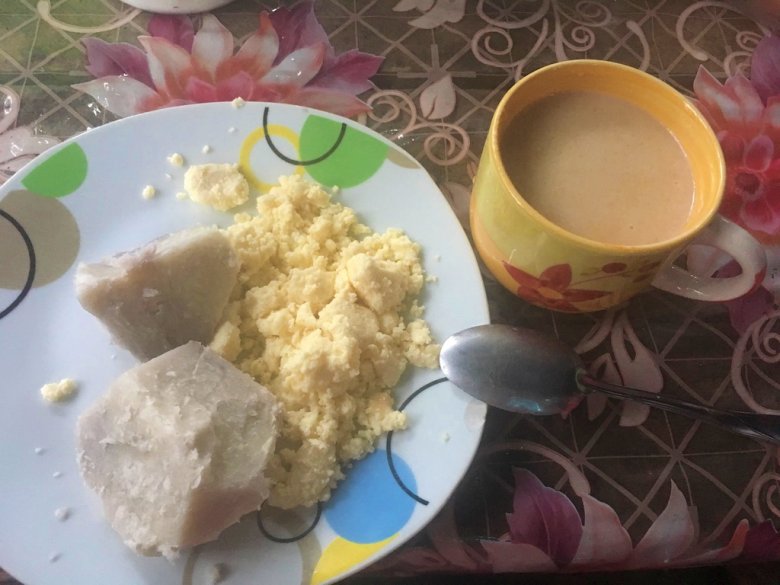
Like it? Pin it!


Do you know any other recipes with plantains, ripe or green?
Share them with us in the comments below!
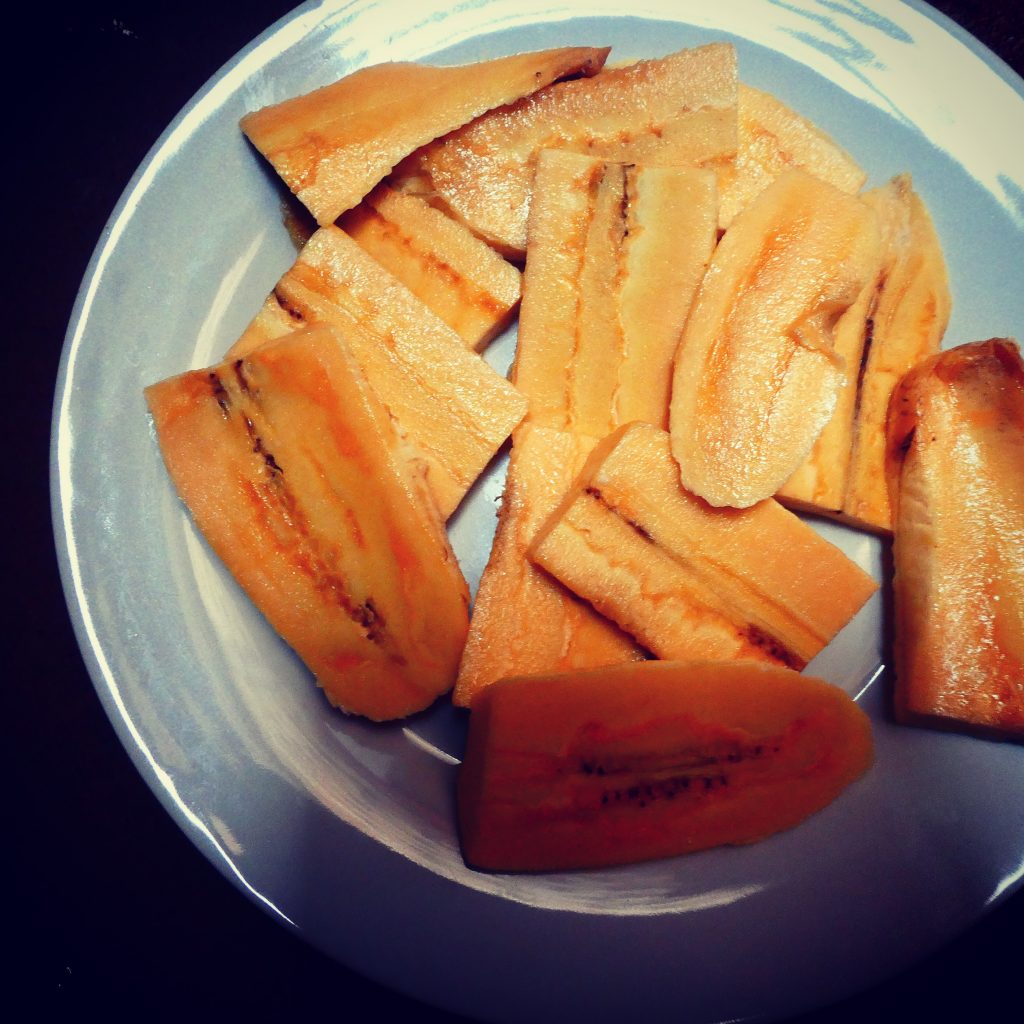
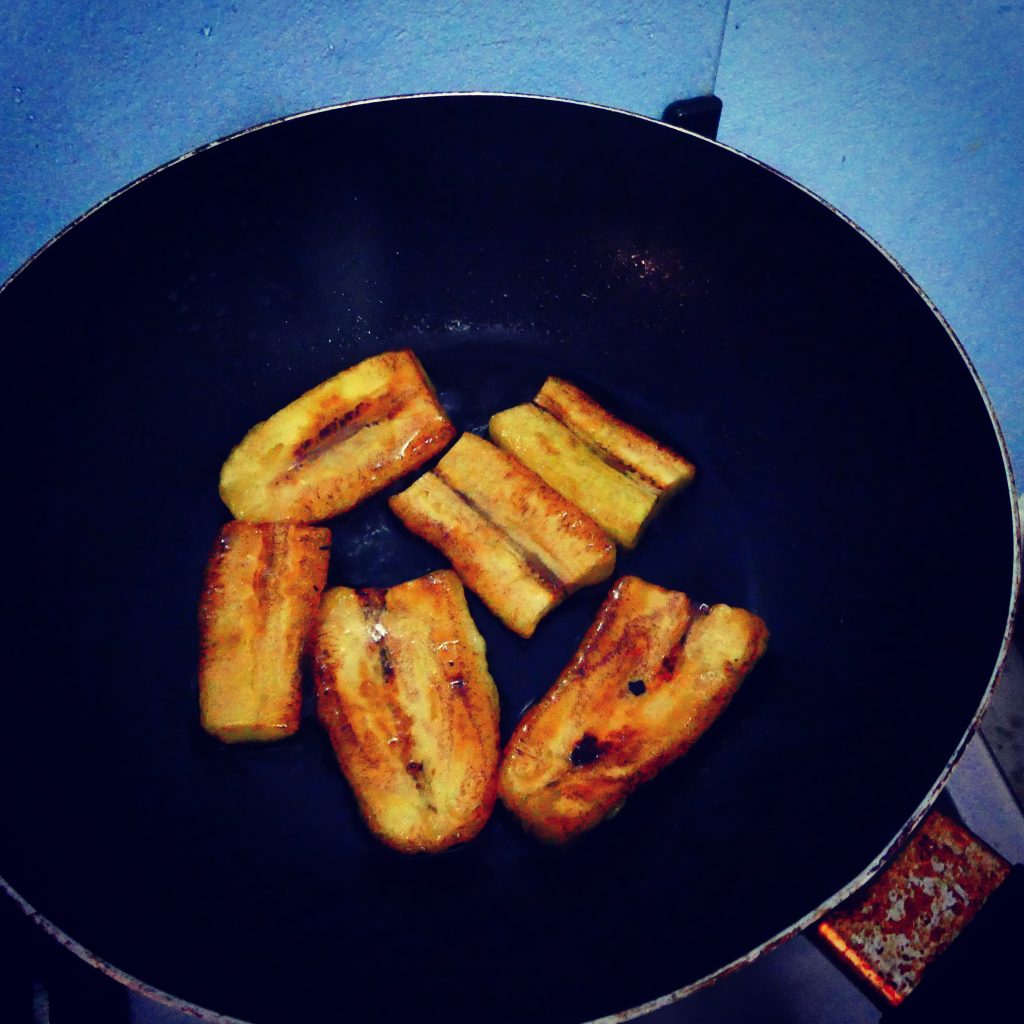

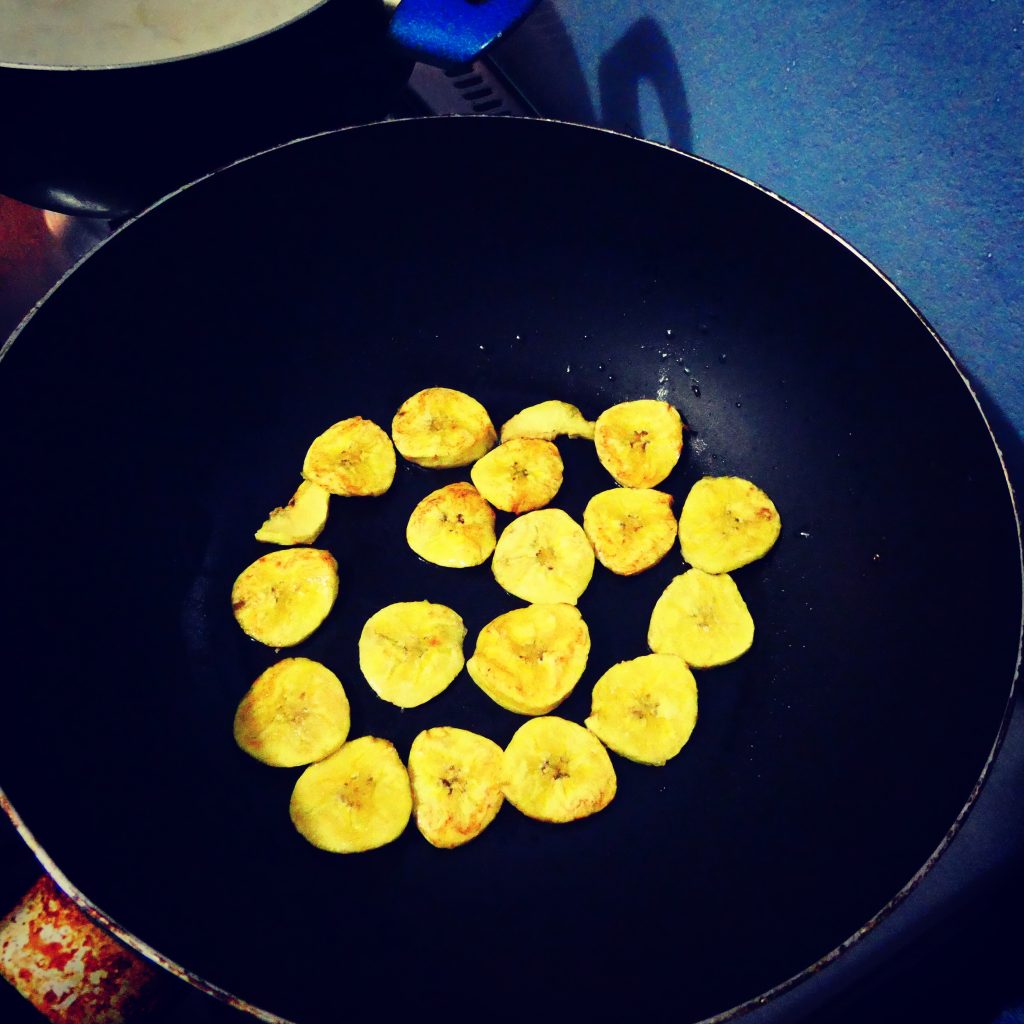




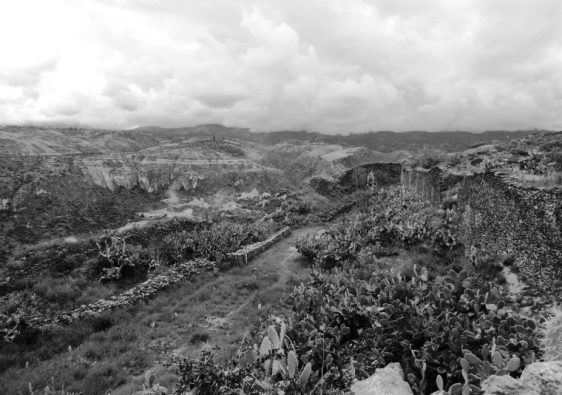

Enjoyable post, with a different twist than your others. I just watched the film “Chef” for the first time last night and the main character uses plantain as a side, so the timing was perfect for me for this post!
Haha what a coincidence! I hope you’ll take on the challenge to try one of the recipes then. Is it easy to buy plantain where you live?
Yes. Very easy!
Love plantains and such an interesting post! I never realized the chips versus the fried version came from different types of plantains. I would love to try Upe as well!
Thank you, I’m glad you liked the post! Upe was completely new to me too and looking forward to make it in Europe too for my family to try – probably rather at a weekend day as it’s not so fast as tea.
I love plátanos so much! Is one of my favorite dinner. I like having them also in breakfast and lunch. Something very latin and that distinguish the Dominicans. 🙂
Thank you for your comment, Aura! We also fell in love with platanos, and found great the many ways they can be prepared. Haven’t been in the Dominican Republic yet, but read that the preparation is quite different from Peru. Hope to see you around on our blog soon!
YUM!!! I would love to try upe! Sadly no plantains in Scotland or Afghanistan 🙂
Wow, I can imagine plantain is scarce in these countries. Maybe on a holiday plantain will come across you on a market 🙂 Thanks for stopping by, Lannie!
These sound delicious. I will give these a try if I ever see Plantains in the market here. My wife is always wanting me to try to make something different.
And your wife is so right, Ryan! We are also super fans of trying new food, especially when it’s from another culture. Good luck with plantain hunting!
I’m pinning this for future reference plantain cooking! I didn’t realize some dishes use green plantains, others ripe. I prefer the ripe ones, I think!
I’m glad we could give you some new cooking ideas, at least I always struggle to come up with a new dish. Hopefully, you’ll find plantains at your home to create a Peruvian dining experience. Thanks for your comment, Cynthia!
I think if I made plantains for my daughters birthday, she may not talk to me till the following one. That said I’d be interested in trying them. They do look tasty. Now if only that good veg shop was open.
John, you and your daughter need to try a South American plantain recipe asap. I swear there’s no way back!
No, no, no. I can’t think of a more confusing post. Everywhere you go in Peru, if you ask for what you refer to as ‘plátanos’, you will get BANANAS. Green bananas, ripe bananas, but not plantains! And no, it is FAR from being common. In fact, a lot of people have never even tried one! Completely misleading.
It seems like we had a different experience to you while we were in Peru. We saw plantains literally everywhere (both in comedores and in homes) and in every region. But you’re right about the fact that you can get sweet bananas if you ask for “plátanos” (because Peruvians use only 1 word for both) so we’ve amended the post to make that clear. Thanks for pointing that out!
Fried ripe plantains have been a treat in my life since I was a child. My parents are from the Caribbean and my mother prepared them often. I learned how to cook them, much to the delight of my husband who is from Jamaica. Sometimes I will fry them and eat them for breakfast. I have a friend from Puerto Rico who invited us to dinner and prepared fried green plantains as an appetizer. They were tasty, but I definitely prefer ripe plantains.
And don’t get me started on plantain chips. I haven’t made them from scratch, but I can go through an entire bag of them by myself. (Don’t tell my husband.)
I know what you mean, Alecia, plantain chips are just meant to be eaten a lot of them 🙂 But fried plantain is my favorite too. Your husband is very lucky to eat your plantain dish, I’m sure it’s amazing!